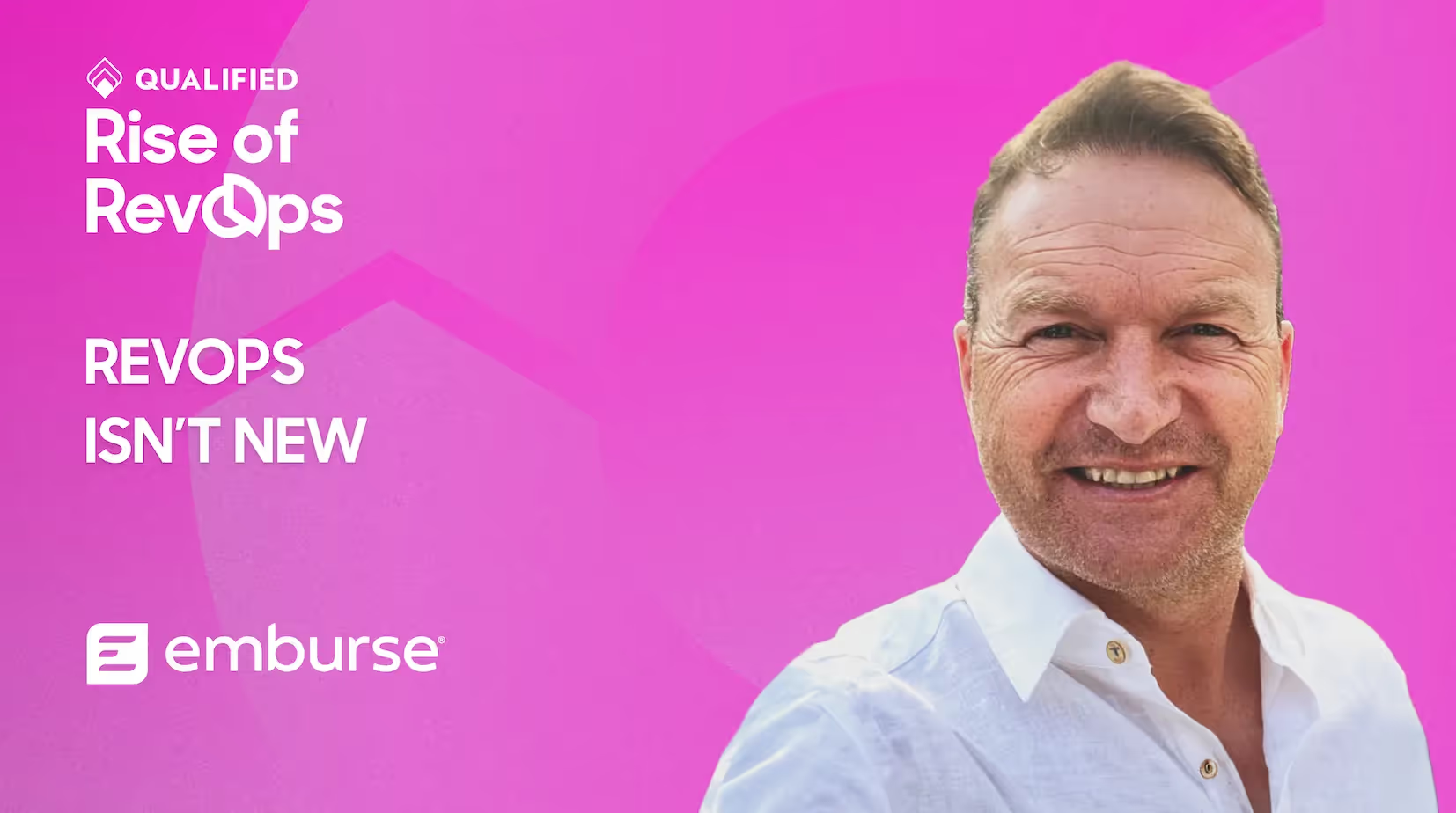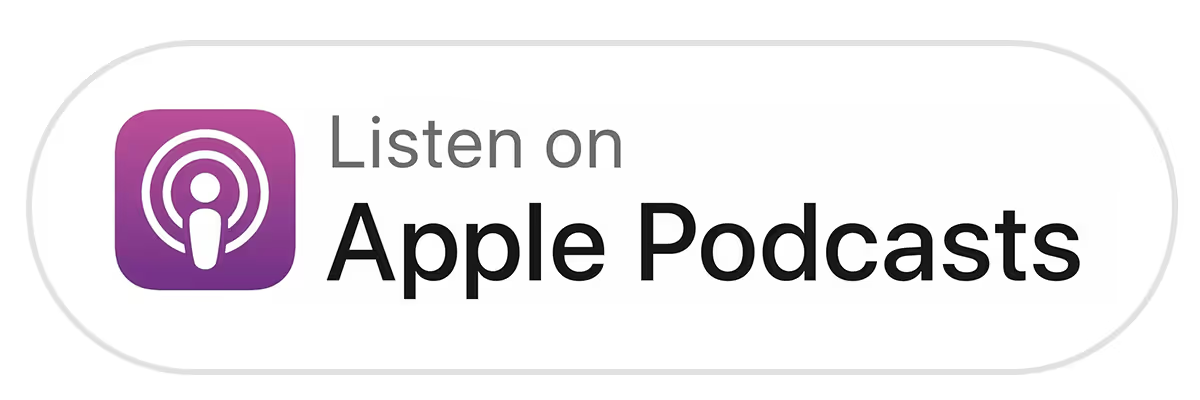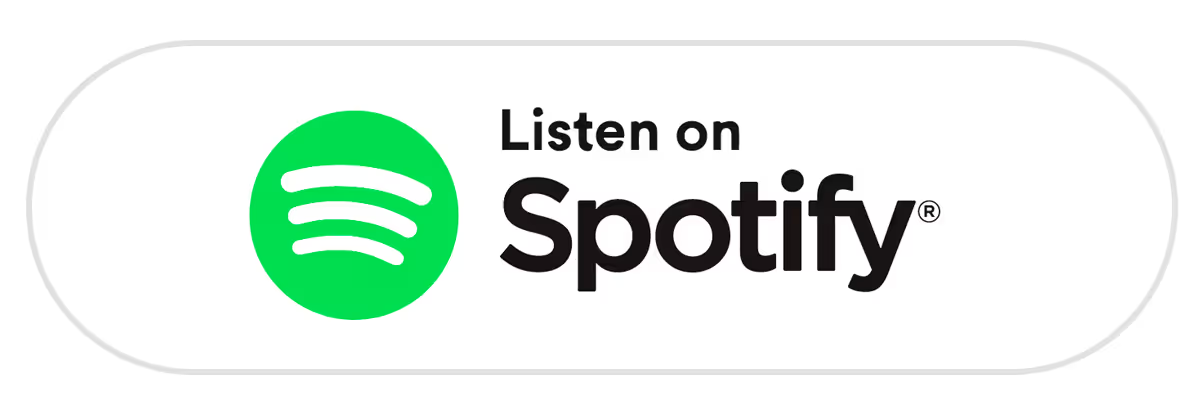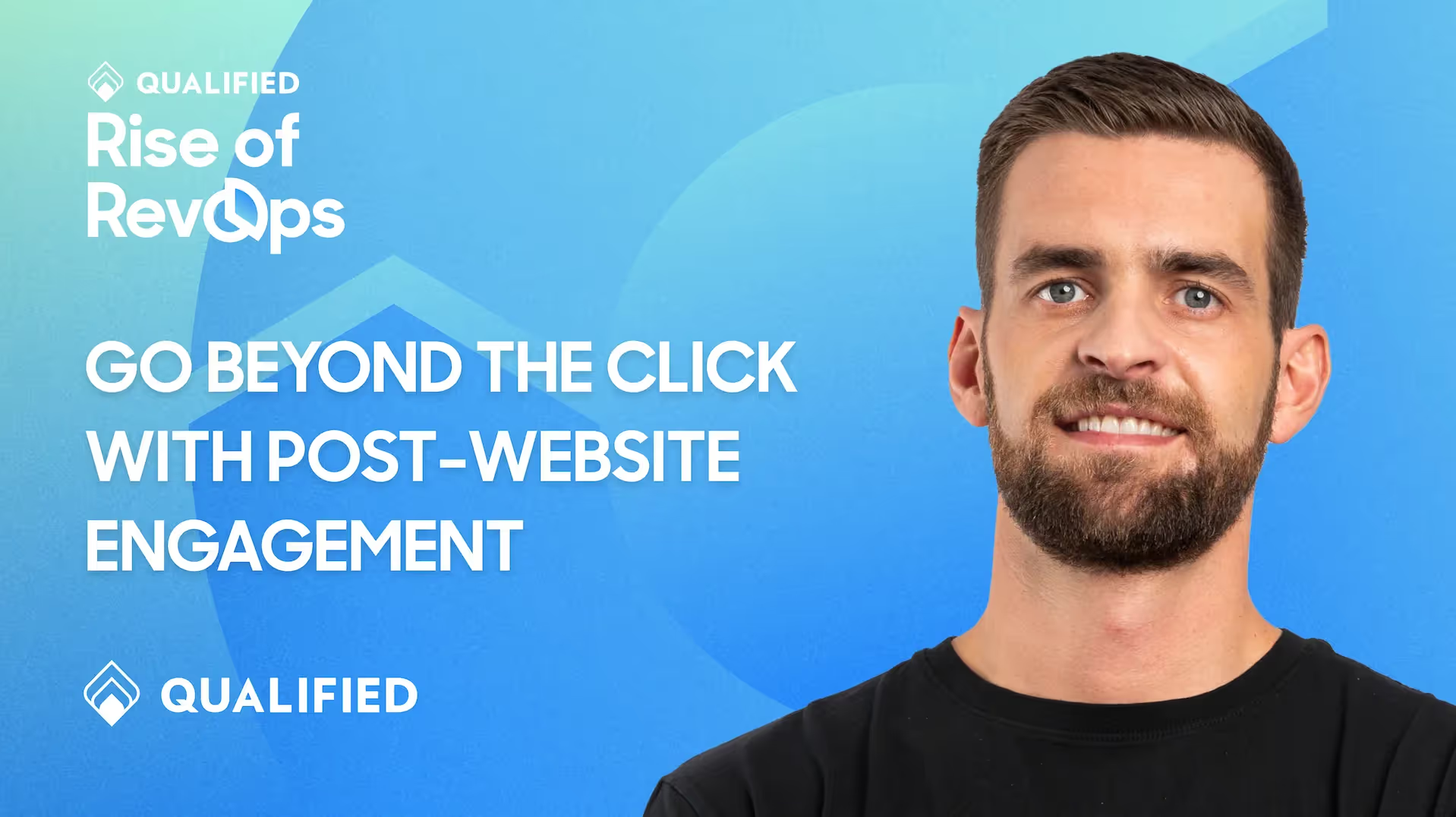Today we’ll hear from Jamie Anderson, CRO of Emburse. Jamie believes that revenue operations have been around for a long time, but we haven’t always called it “RevOps.” He describes how investing in your RevOps team will result in a great ROI, and how to focus on what really matters when building your bottom line.
Key Takeaways
- Revenue operations have been around for a long time, but we haven’t always called it “RevOps.”
- Sales can't exist without marketing, and marketing can't exist without sales. Sales is the ultimate purpose of marketing, and marketing supports sales and its endeavors.
- Investing in your RevOps team will give you a great ROI as a company


















.svg)


